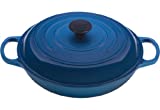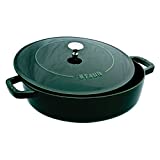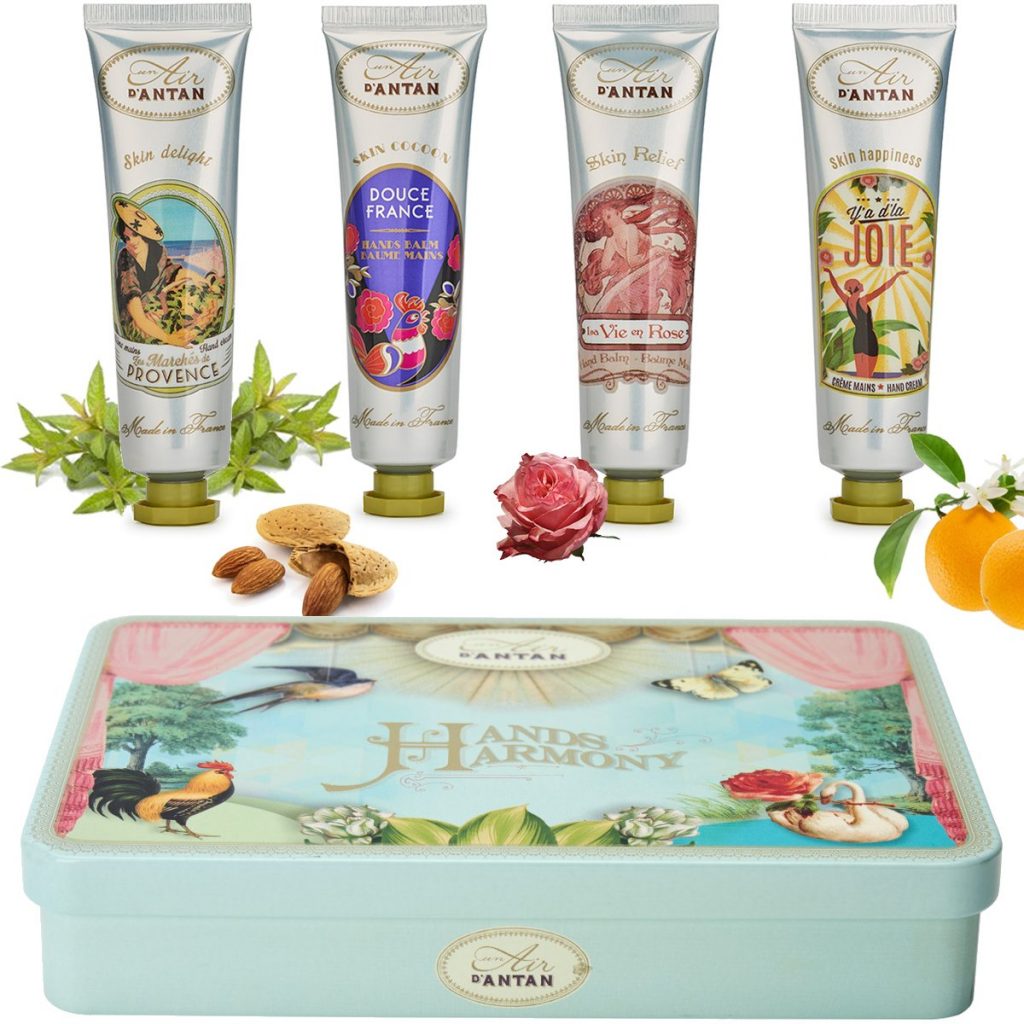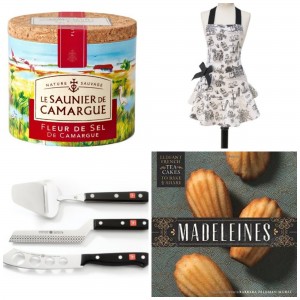The French cheese course is a wonderful way to bring a lot of fascinating, varied flavors to the table, without a lot of work. For some reason, however, most Americans haven’t really keyed into the pleasures. I often wonder why.
Maybe it’s because we so often serve cheese as an appetizer (or, we serve super-cheesy appetizers). Having learned a lot from the French, that’s something I never do anymore. After all—why do you want to fill your guests up with something rich, gooey, and appetite-dousing at the very beginning of a meal, when there’s so many other good things to come?
In fact, in most French homes I’ve dined in, the nibbles served with cocktails have been very simple and light, just an appetite-rousing bite enjoyed to refresh and sustain guests before the move to the table.

No kidding. This is what I was served in the home of a Bordeaux winemaker as an appetizer. The loveliest in-season tomatoes she had, with a nice Bordeaux blanc. Then we moved to the table for a feast.
Maybe we haven’t tapped into the cheese course because—with all the cheeses out there in the world—it’s hard to figure out what to serve. And how to serve it.
The fact is, the way the French present a cheese course in the home is usually very simple indeed. Here’s how to do it, in five easy steps:
1. When to serve the cheese course. The cheese course always comes at some point after the main course. It can be served before dessert or as dessert.
2. How to choose the cheeses for a cheese course: There are a few ways to go about it, none of them wrong. I enjoy “bringing home the barnyard”—that is, serving a cow’s milk cheese, a sheep’s milk cheese, and a goat’s milk cheese. One my favorite threesomes is Comté (cow), Ossau-Iraty (sheep), and a soft-ripened goat cheese, not just because they taste great and provide some fascinating contrasts, but also because I know I can use whatever isn’t eaten in my cooking.
For everyday meals, the cheese course can be much more simple than that-perhaps just a piece or two of local cheese and some bread.
3. What to Serve with a Cheese Course: The only things you absolutely need are a knife, a fork, and some bread. Occasionally—and especially if the cheese course will be followed by dessert—the cheeses are accompanied by a small salad to contrast the rich cheeses, as in the photo, at left. I give a recipe in my book; however, you can use any flavorful, vinaigrette-tossed greens.
If the cheese course will not be followed by dessert, sometimes—though certainly not always—a little honey, preserves, or fresh fruit can be served with the cheese course (with of course, the bread). My book offers the following recipes:
• Cherry Compote for Pyrénées Sheep’s Milk Cheese (page 329)
• Winter Compote for Cheese (page 328)
However good preserves, fresh fruit, or even some honey can provide that little bit of sweetness that makes the course seem more dessert-worthy.
4. How to Present the Cheese Course: Though you can plate the cheeses individually—1/2 to 1 ounce of each cheese suffices—a French woman would be more likely to simply place the cheese tray in the middle of the table and let everyone help themselves à volonté (as much and as often as they wish). If they’re presenting a salad with the cheese course, they might plate the salad for everyone first.
5. What Wine to Drink with the Cheese Course: In France, the wine you enjoy with your cheese course is most often the wine you’ve been drinking with your main course. You simply finish the bottle on the table. However, if you find yourself needing to open another bottle, a good choice is a Riesling—its brightness and tang offer a nice contrast to the richness of cheeses. If you seek red, try a cru Beaujolais, a lighter-style fruity red that’s cheese friendly.
Champagne always works wonderfully, too.
6. How to Store Leftover Cheese: Waxed paper doesn’t cut it–the cheese can dry out and get hard. Plastic wrap doesn’t let it breathe. The solution? A specially designed cheese wrap. I’ve discovered the solution: Formaticum Cheese Storage Bags.![]()
Made in France (a country that knows a thing or two about cheese), the porous bags allow the cheese to breathe, yet keep it from drying out. They also make post-party cleanup quick: Simply place the leftover cheese in the bag and fold over the top. No time-consuming origami-style re-wrapping needed. (However, if you do like wrapping cheese, you can also buy Formaticum Cheese Paper.![]() )
)
PS: If enjoyed this post, I bet you’ll like my cookbook—it’s filled with great ideas for easy, everyday French cooking. Click on the widget below to check it out. And if you purchase my book through this link, you’ll help support this website, without adding to your costs whatsoever. Thanks for taking a look!
Share





















I love the idea of a cheese course. However, I was pricing Comte at my local market yesterday, and OUCH! (It was well above $20/lb.) I sure wish there were some local producers. The Seattle area has a few stellar ones, but this variety isn’t a cheese they make. Is this a hole in our local economy that needs to be plugged?? Just askin’ 😉 Keep cookin’ my friend, you have a devoted following on this side of the continent.
Interesting question! I have not found a great Comté “taste-alike” in the U.S. I’ve found all kinds of great American takes on goat cheese and soft Brie-style cheeses, and even sheep’s milk cheese. But as far as I know, no U.S. Producer quite makes one of these great Alpine-style Gruyere-esque cheeses (Comté is basically French Gruyère). Maybe these cheeses have to be made in the mountains: Rocky Mountain Dwellers-I’m talking to YOU!)
Some cheese in North America is expensive, but, when you consider each person is only getting .5 of an ounce, it really will cost you only pennies. I look forward to trying my first cheese course. Thank you!
Yes. It helps to remember, too, the “bang” you get for each “buck” you spend on the cheese. I’ll take a few thin slices of Comté over a huge wedge of domestic “Swiss” any day. Thanks for this comment. Enjoy your first cheese course, and I’d love to know what you end up serving (and loving).
If you want to taste French Cheeses then you must be prepared to pay for the privilege. Believe me, you cannot recreate the mountains, the variety of cow, sheep or goat, the weather conditions and the method of preparation that produces these exquisite culinary delights. Bite the bullet friend, and open your purse!
Indeed, Viv. Like I say above, I’d rather have a few thin slices of Comté than a whole block of domestic “Swiss” cheese.
[…] the best way to enjoy this cheese, however, is in a cheese course. Serve it with other cheeses. Or, enjoy it as they do all over the Basque country: with cherry […]
Fabulous tips!
[…] http://chezbonnefemme.com/how-to-serve-a-cheese-course/ […]
[…] How to serve a French Cheese Course. • A story about my discovery of Comté Cheese, by the Comté Cheese Association. • What kind of […]